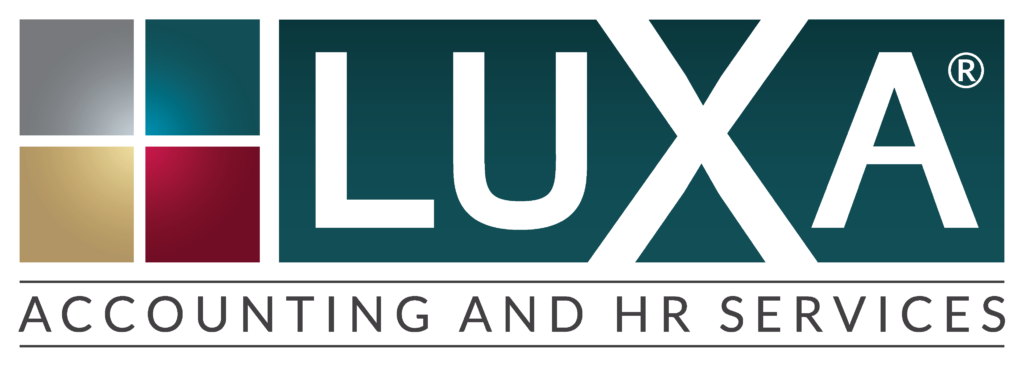A meat processing plant in Brooklyn almost goes under in peak performance
How can companies with millions in yearly growth, struggle with their payables and meet payroll? As a business owner and professional, the demands to run a business and turn a profit can be overwhelming, even in times of growth. In this article, we summarize the story of a struggling meat processing plant from NY based on the hit show The Profit airing on CNBC. We will provide company details and a business profile of why things ended up so bad and provide some suggestive alternatives for companies facing similar situations.
Our story starts in Brooklyn, NY as we start our case study over one of New York’s oldest meat processing plants. Stein Meat Products offers wholesale meat products in the New York metro and state area. Here is a business profile when the show first documented their story:
Business growth: 50 million in sales annually
Last year’s losses: $400,000
Employees: 47
Inventory: $8-900k
The owners of Stein Meat Products were struggling with a cash-flow issue of enormous proportions. Currently their sales were doing ok but their lack of procedural operations and debt were running their business out of liquid cash. The show brings on business investor and business specialist, Marcus Lemonis, to reignite the struggling group back to their feet.
Initially, the owners were asking for a cash investment of $4 million to inject into the business to reduce their outstanding payables and help meet payroll. At the time of the show, the company had only $30,000 in the bank! Their total inventory was $8-900,000 and they had racked up $3.5 million in a bank loan and was demanding payment on the loan. The biggest problem existed in their outstanding receivables. They had a total of $4 million of uncollected business of which $500k was 30 days or more past due!
The Problem:
Total payables: $2 million plus the $3.5 million bank loan
Inventory: $1 million
Outstanding receivables: $4 million ($500k past 30 days)
Total assets: $4-5 million
Total Liabilities: $5.5 million
Strategy to get out of the red:
Marcus needed to turn this business – and fast! They were just days from filing bankruptcy. The strategy was to deposit working capital back into the account and develop a strategy to call on all past due accounts. Here is how it unfolded:
Fixing account receivables:
Collecting on past due accounts is a responsibility any company should practice with diligent form to avoid a cash flow problem like this. When it gets past due, collecting some of your money is better than no money at all. Stein Meat Products got all employees and managers to call on all their accounts to collect cash quick.
Cut costs:
The company implemented a main point of contact for deciding all purchase decisions and all PO’s were to be approved before accepting any orders.
Make more money:
Either way you cut it, at the end of the day, finding ways to make more money is of high importance when you are struggling with no cash. To do this, Stein Meat Products took a look at their packaging area and reconfigured the equipment to streamline their processing to cut on operations and improve efficiency costs. By doing this, they were able to save $5,000 per month or an additional $60,000 per year.
Change the marketing strategy:
Stein Meat Products were spending over $400,000 per year on sports contracts to market their meat products at the Barclays Sport Center. What they did instead was to re-brand their product line with a new message and tested new distribution paths to eliminate their contract overhead and increase their ROI.
Problems with the Audit
To finalize the numbers of the company, Marcus hired a local auditor to dig into the numbers to provide some further insights into their bookkeeping. Here is what the auditor found out:
- Payables are actually at 3.8million
- The bank loan was not $4 million but in fact $5.5 million – raising their liabilities to $7.8 million!
- The audit found an extra 500k added to the bank loan forcing the bank to demand payment immediately
Because their total assets were $5 million, it was estimated that they only had a level of insolvency of $500k when in reality it was $3 million – 6x more than what was projected!
The owners had no idea the account was that low and the debt amount was that high.
The Moral of the Story: Get a hold of your receivables and payables and know your numbers. Don’t get fooled by high sales profit margins for small businesses with low cash reserves. Make diverse marketing decisions and measure your investment. Don’t let unknown numbers come back to haunt your books. Even if sales are up there can be drastic effects if you are not managing the financial picture of your business with sound accounting.



